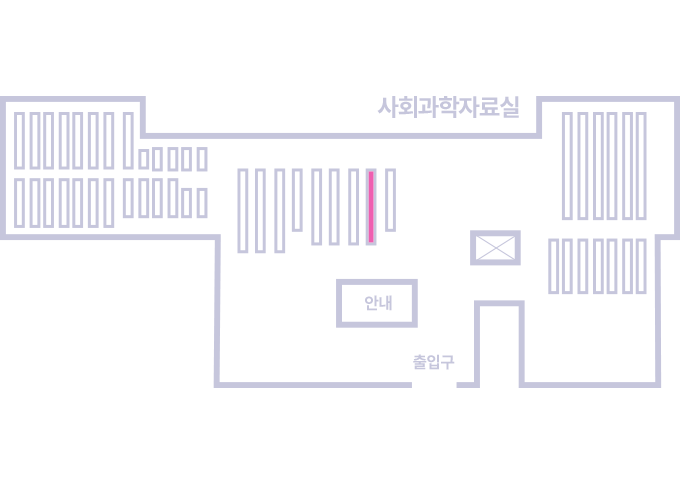권호기사보기
| 기사명 | 저자명 | 페이지 | 원문 | 기사목차 |
|---|
| 대표형(전거형, Authority) | 생물정보 | 이형(異形, Variant) | 소속 | 직위 | 직업 | 활동분야 | 주기 | 서지 | |
|---|---|---|---|---|---|---|---|---|---|
| 연구/단체명을 입력해주세요. | |||||||||
|
|
|
|
|
|
* 주제를 선택하시면 검색 상세로 이동합니다.
Title Page
ABSTRACT
국문초록
Contents
I. Introduction 10
1. Background and need for study 10
2. Purpose of study 14
3. Hypotheses of study 15
4. Terms and definitions 16
1) Cranio-cervical flexion exercise 16
2) Muscle thickness change 16
3) Muscle activity 17
II. Literature review 18
1. Studies on neck pain 18
2. Studies on cranio-cervical flexion exercises 20
3. Studies on neck muscle activity of mouth open-close 23
4. Studies on neck muscle activity of eye gaze 24
5. Studies on effect of exercise position 25
III. Subjects and methods 39
1. Subjects and procedure 39
1) Subjects of study 39
2) Procedure of study 39
2. Study method 42
1) Experiment method 42
2) Measurement tool and data collection process 45
3) Selection of variables 47
3. Data analysis 48
IV. Results 49
1. General characteristics of subjects 49
2. Reliability of new pressure biofeedback unit 50
3. Optimal mouth open result 51
4. Comparison of muscle activity & muscle thickness change by period between the mouth open-close 53
5. Comparison of muscle activity & muscle thickness change by period among the three eye gaze groups 56
6. Comparison of muscle activity & muscle thickness change by period between the sitting & supine 59
7. Multiple regression test between SCM activity and mouth open-close, eye gaze, position change 63
V. Discussion 64
VI. Conclusion 70
References 72
Appendix 9
Appendix 1. Maximum mouth open 78
Appendix 2. New pressure biofeedback unit 78
Appendix 3. Cranio-cervical flexion exercise 79
Appendix 4. Three eye gaze groups 79
Appendix 5. Ultrasonographic image 80
Appendix 6. Cranio-cervical flexion exercise in sitting position 80
Fig. 1. Design of the study. 41
Fig. 2. Comparison of SCM activity by period between the mouth open. 52
Fig. 3. Comparison of SCM activity by period between the mouth open-close. 55
Fig. 4. Comparison of LC thickness change by period between the mouth open-close. 55
Fig. 5. Comparison of SCM activity among the three eye gaze groups. 58
Fig. 6. Comparison of LC thickness change among the three eye gaze groups. 58
Fig. 7. Comparison of SCM activity by period between the sitting & supine. 62
Fig. 8. Comparison of LC thickness change by period between the sitting & supine. 62
*표시는 필수 입력사항입니다.
| 전화번호 |
|---|
| 기사명 | 저자명 | 페이지 | 원문 | 기사목차 |
|---|
| 번호 | 발행일자 | 권호명 | 제본정보 | 자료실 | 원문 | 신청 페이지 |
|---|
도서위치안내: / 서가번호:

우편복사 목록담기를 완료하였습니다.
*표시는 필수 입력사항입니다.
저장 되었습니다.